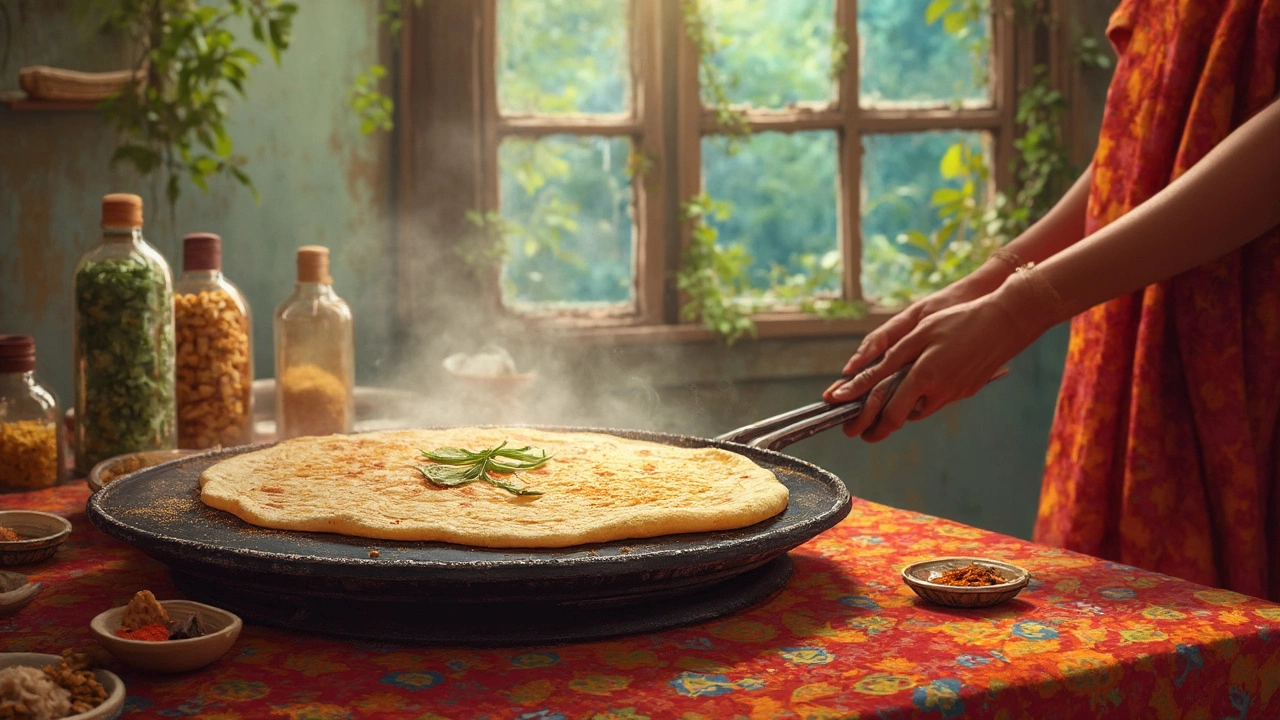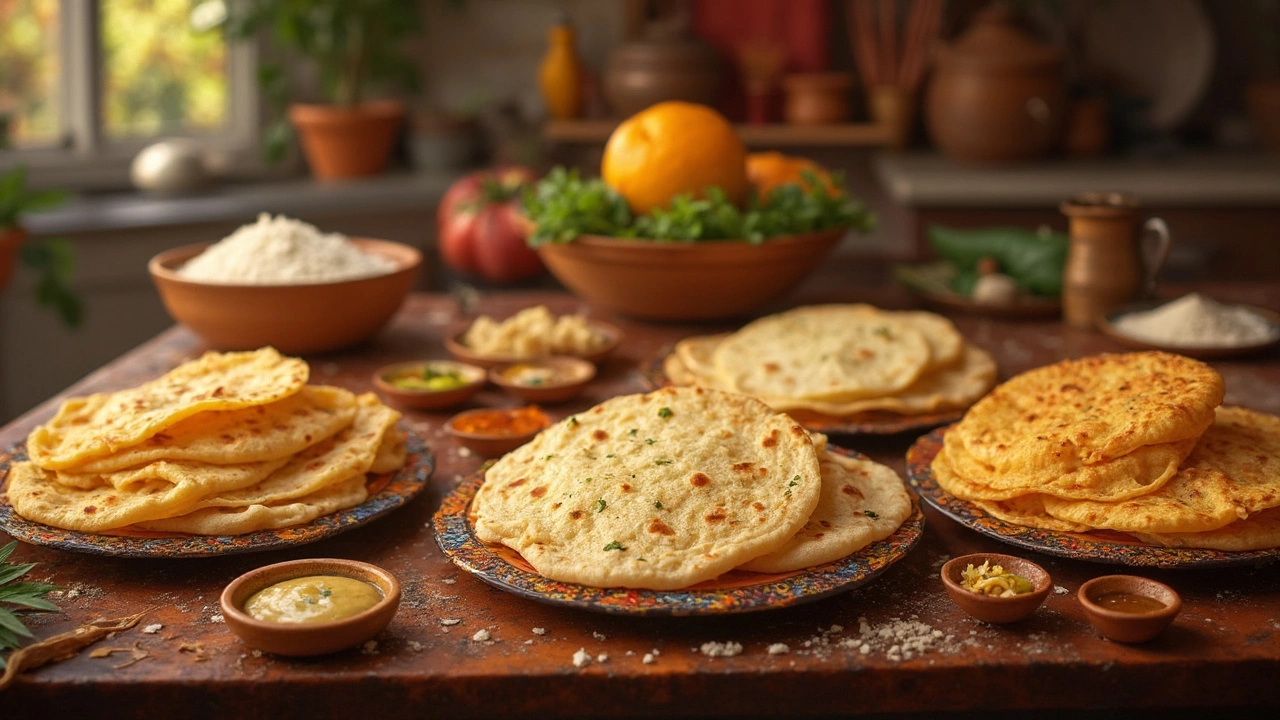Healthy Diet: Tips, Facts, and Food Choices
When planning a healthy diet, a way of eating that supports overall well‑being, balances nutrients, and fits your lifestyle. Also known as nutritious eating plan, it helps manage weight, boost energy, and reduce disease risk. Think of it as a toolbox: proteins, carbs, fats, vitamins, and minerals all need a spot. The toolbox works best when you stock it with foods that bring real value, not just empty calories. That’s why we keep an eye on staples like dal, protein‑rich lentils that also supply fiber and iron, fresh fruit, natural sources of vitamins, antioxidants, and quick energy, and the amount of sugar, simple carbs that can spike blood sugar when over‑consumed. Combining these items correctly creates meals that keep you full, satisfied, and healthy.
How Core Foods Shape a Balanced Eating Plan
A healthy diet isn’t a one‑size‑fits‑all rulebook; it’s a set of principles you can adapt. First, protein matters. Dal, chickpeas, and paneer offer plant‑based and dairy options that fuel muscles and support metabolism. Second, fiber from fruit, vegetables, and whole grains steadies digestion and helps control appetite. Third, mindful sugar intake keeps energy levels stable and protects heart health. When you pair these elements, you get a meal that covers the major nutrient groups without excess calories.
Let’s break down the interaction: a bowl of dal topped with a squeeze of lemon adds vitamin C, which improves iron absorption from the lentils. Adding a side of berries boosts antioxidant intake, protecting cells from oxidative stress. Meanwhile, limiting added sugar in dressings or sauces prevents the blood‑sugar rollercoaster that can sabotage weight goals. These connections illustrate why a healthy diet encompasses balanced meals, requires nutrient‑dense foods, and is influenced by sugar consumption.
Beyond the staples, regional dishes can fit the plan too. Research shows that classic Indian recipes—like a vegetable‑loaded biryani or a spice‑rich curry—can be nutritious when you use brown rice, lean proteins, and control oil. Even indulgent favorites become healthier with smart tweaks: swap ghee for a drizzle of olive oil, add extra veggies, or choose low‑fat curd instead of heavy cream. The key is to keep the flavor while boosting the nutrient profile.
In practice, start each day with a fruit‑based breakfast, include dal or legumes at lunch, and finish dinner with a colorful veg‑protein combo. Snack on nuts, seeds, or fresh fruit instead of processed treats that hide added sugar. By tracking these simple choices, you’ll see how each food group supports the overall goal of a healthy diet.
Below you’ll find a curated set of articles that dig deeper into these topics—ranging from dal nutrition facts and fruit health benefits to sugar consumption trends and tips for making classic Indian dishes lighter. Use them as a toolbox to fine‑tune your meals, learn practical cooking tricks, and stay motivated on your path to better eating.

Understanding Roti's Glycemic Index and Caloric Impact
Discover the caloric and glycemic index information of the staple Indian bread, roti. This guide offers details on how many calories are in one roti, including variations like roti with sabzi and roti with ghee, and practical tips for maintaining a balanced diet. It's an essential read for anyone looking to optimize their health while enjoying traditional Indian cuisine.

Roti's Role in a Balanced Diet: Calories, Carbs, and Choices
Roti is a popular staple in many diets, but how many carbs does it really contain? This article delves into the nutritional makeup of roti, including its calorie content and how it fits into a balanced diet. Whether you're curious about plain roti with vegetables or roti slathered in ghee, this guide breaks down the numbers and offers tips for a health-conscious lifestyle.